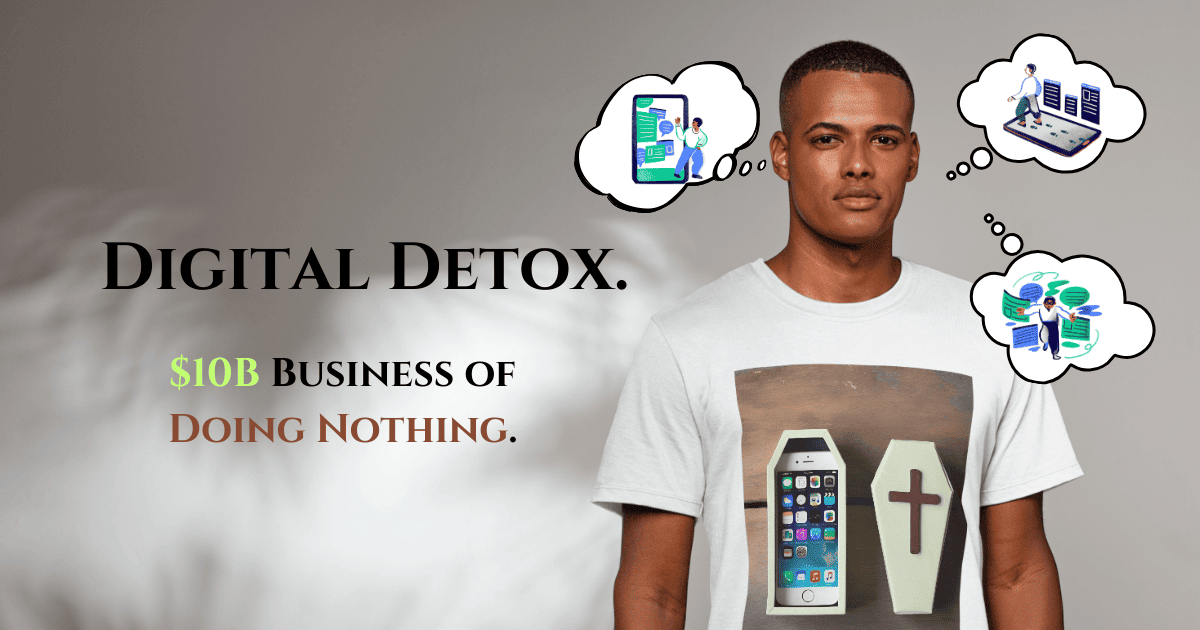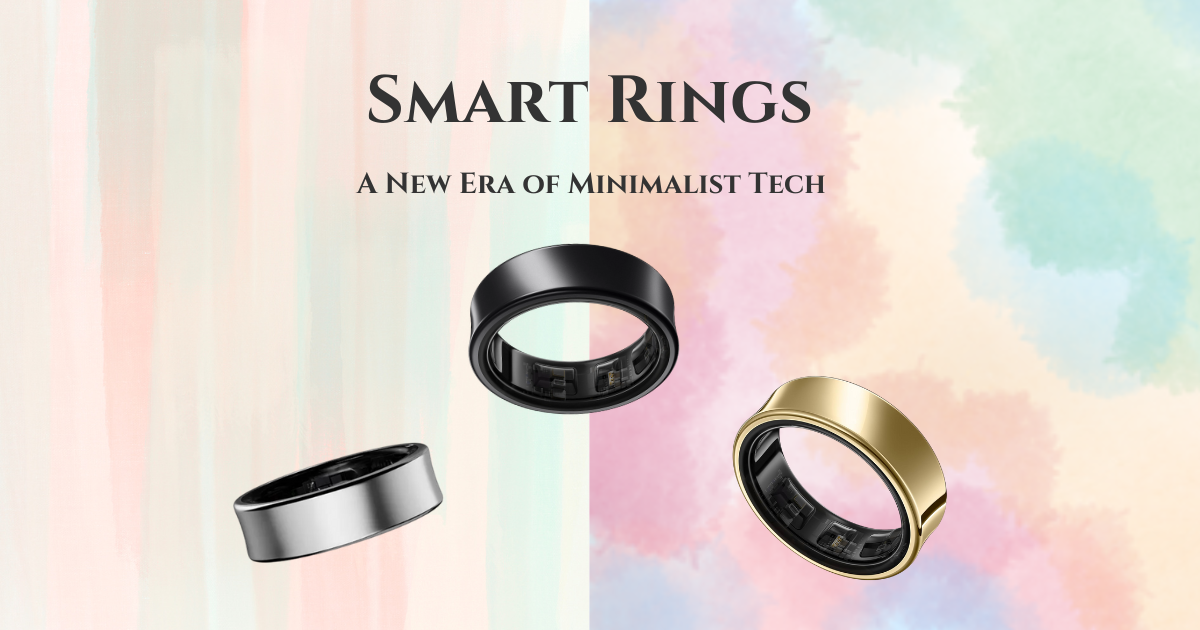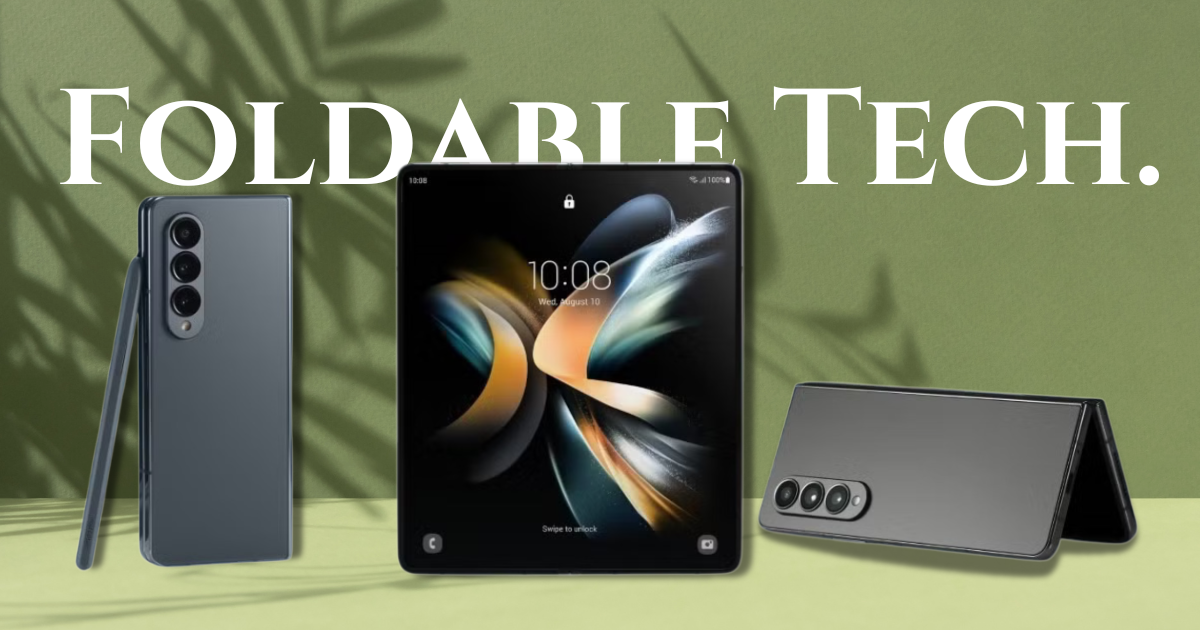Digital detox devices are booming. Discover why this $10B market reflects a growing rebellion against tech overload and digital burnout.
The Luxury of Logging Out
In an age when your wrist vibrates before your thoughts do, logging out isn’t a privilege—it’s a revolution. The irony? We’re using tech to escape tech. Welcome to the world of digital detox devices, where the demand for unplugging has quietly snowballed into a $10 billion global industry.
The Burnout Behind the Boom
We live in a dopamine-on-demand era—notifications, reels, updates, pings. Overstimulation isn’t just a buzzword; it’s a lifestyle. The average person touches their phone over 2,600 times a day. Combine that with rising anxiety, shortened attention spans, and the blurred line between work and rest, and you’ve got a generation craving silence like never before.
This isn’t a niche trend. It’s a full-blown market movement.
What Exactly Are Digital Detox Devices?
Digital detox gadgets range from tech-enabled wellness tools to minimalist alternatives that encourage intentional disconnection:
- Phones that only call & text (like Light Phone or Punkt)
- Mindfulness wearables like Muse or Apollo Neuro
- Blue light-blocking glasses
- Offline journaling kits
- Time-lock boxes to literally lock away devices
- Analog alarm clocks making a huge comeback
- Screen-free entertainment tools like tactile puzzles or sound therapy devices
Each product is engineered with a singular goal: to help you disconnect, intentionally.
Gen Z Is Powering This Shift
It might sound paradoxical that the most online generation ever is now actively looking to unplug. But Gen Z doesn’t view tech with blind admiration anymore—they view it with surgical precision. They know its power, and that’s exactly why they fear it.
This is why TikTok is flooded with #dopaminedetox and “low-dopamine mornings.” Gen Z isn’t rejecting tech. They’re rejecting dependency on it.
From Mindfulness to Market
Wellness is the new luxury, and “offline time” is the new wealth. Companies are responding:
- Apple’s Screen Time and Focus Modes
- Google’s Digital Wellbeing tools
- Startups like Opal and Unplug raising millions in funding
The rise of mental health awareness, especially post-pandemic, has further fueled the desire for tech boundaries.
It’s Not Anti-Tech. It’s Pro-Human.
This isn’t about rejecting modernity. It’s about reclaiming control. These detox devices don’t preach abandoning your iPhone. They offer structured permission to pause. They say: It’s okay not to be available. It’s okay to think. To breathe. To exist beyond the algorithm.
In a world wired for constant input, the ultimate rebellion might just be stillness.
Why This Industry Isn’t a Fad
Digital detox is not just a product trend. It’s a cultural correction. As long as tech continues to dominate our daily lives, so too will the need for tools that help us find equilibrium. Brands that understand this aren’t just selling gadgets—they’re selling agency.
Final Thought
The rise of digital detox devices shows one thing clearly: we don’t hate tech—we just want our humanity back. And the brands helping us bridge that gap? They’re not just capitalizing on a trend. They’re participating in a movement.










